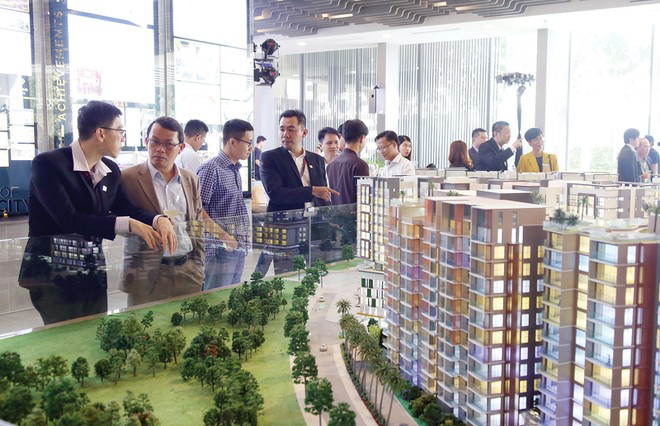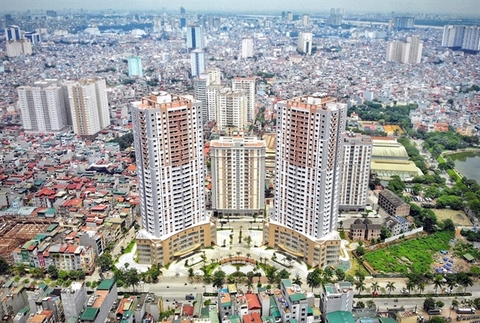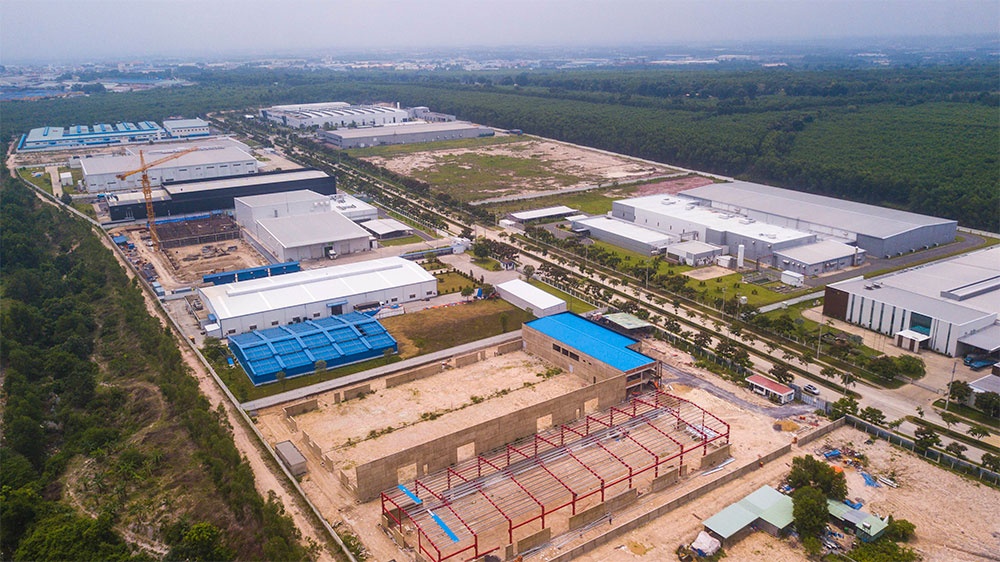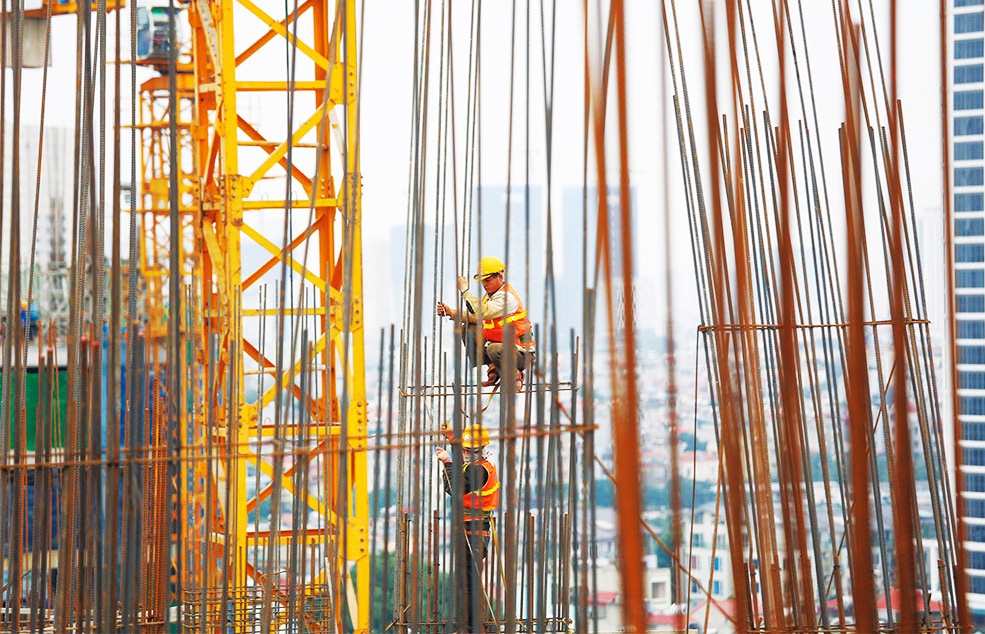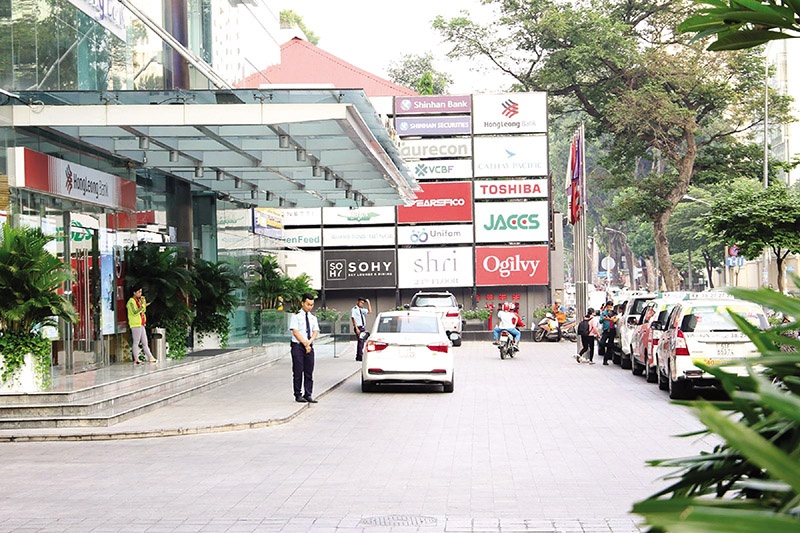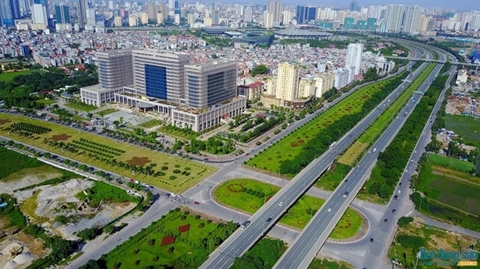Real estate stability on top of SBV agenda
Real estate stability on top of SBV agenda
The State Bank of Vietnam is encouraging the lowering of real estate loan rates to assist enterprises in overcoming liquidity issues, a vital action that on its own will be insufficient to foster stable market development.

At the beginning of January, Governor of the State Bank of Vietnam (SBV) Nguyen Thi Hong said that boosting public investment disbursement, executing tax reductions and extensions, and modifying real estate prices would unclog cash flow through the economy.
“Since Vietnam’s monetary and credit indicators have reached a warning level, over-reliance on bank loan sources may result in future issues,” Hong said.
Currently, the SBV’s top aim is to guarantee liquidity and keep the system stable and secure. In addition, to eliminate obstacles for enterprises and individuals, the banking sector has emphasised reforms and simplifications of lending processes to enhance access to finance
Hong also said that for many firms that could not qualify for loans, the state must implement credit guarantees and small and medium-sized company assistance measures.
Almost $30-34 billion flows into the real estate market annually, constituting approximately half of bank capital. In 2022, however, the capital structure of the real estate market was different since other capital channels were not being created.
Accordingly, 70 per cent of the market’s capital came from bank capital, while the remaining 30 per cent came from other channels. For the capital structure to revert to a state of equilibrium in the coming years, a solution is required
According to Dr. Can Van Luc, a member of the National Fiscal and Monetary Policy Advisory Council, macroeconomic factors like inflation and planning all have a significant influence on the real estate market. Subsequent components include credit capital, capital from various channels, data, and market transparency connected to demand, supply factors, and prices.
“Capital strain was placed on the banking system due to the strong capital demand of businesses throughout the year, even though the corporate bond channel did not expand and issuance fell,” Luc said. “In 2022, loan capital surged by 15 per cent and flooded into the real estate industry. However, excessive capital growth in the first and second quarter of 2022 precipitated the crisis in the third quarter.”
The loosening of credit room in 2022 and the preparation for additional granting in 2023 are encouraging signs. Vo Tri Thanh, former director of the Central Institute of Economic Management said, “The US Federal Reserve and some economies should raise rates to lessen the impact of cash flow and bank rate pressure, including frequency and severity.”
However, Thanh cautioned that the market will be difficult in the near future and that inflation would rise as Vietnam’s economy continues to “implement cross-cutting objectives, such as policy flexibility and stability, macroeconomics, and continuing to assist its growth objective.”
Even when the SBV’s policy lagged, industrial real estate rental rates declined. According to Cushman & Wakefield research, the industrial manufacturing market’s occupancy rate declined in the third quarter of 2022. Rents were modified in light of an increase in supply and indications of a decline in demand.
At the end of 2022, the monthly cost per square metre in the southern region had decreased by 3 per cent annually. The market for prefabricated warehouses also registered more than 300,000sq.m of new supply, mainly in Dong Nai and Long An provinces. Due to a decline in export product demand, the rate of warehouse occupancy fell significantly.
As a result of increased competitive pressure, Cushman & Wakefield expects future rents to move sideways or perhaps down. In addition, a considerable number of ready-built industrial and storage facilities, projected at 4.1 million sq.m, and 2.8 million sq.m of ready-built facilities, will join the market beginning in 2023, putting pressure on rental prices for this type of property.
Nguyen Thuy Dung, chairman of Phu Hung Property’s Board of Directors said action is needed to promote the real estate market and assist enterprises in comprehending the mindset of consumers and investors.
“Last year’s credit has also provided our projects and customers with an additional source of credit, particularly those who have been waiting in line for a long time. At this point, many clients would be eager to be disbursed,” Dung said.
Recent forecasts from the International Monetary Fund indicate that one-third of the global economy will be impacted by a recession in 2023.
Efforts by the SBV in monetary policy have led to the substantially reduced volatility of interest rates compared to other nations, with an increase of about 1 per cent annually, and system liquidity is essentially assured. Last November, the US Treasury Department removed Vietnam from its list of countries subject to currency manipulation surveillance and praised the SBV’s handling of monetary and exchange rate policy.
According to domestic experts, bonds due in 2023 are now a significant burden for real estate enterprises. With loan interest rates on the rise in 2022, the majority of real estate companies reported a bleak economic outlook as their revenue and profits plummeted.
Nguyen Hong Chung, chairman of the board at DVL Ventures, said accessing the first cash flows of investors is tough, especially for ordinary investors who purchase real estate. “After tightening to purify the market, for real estate projects with high liquidity that can be absorbed, if there is a strategy to utilise the implementation, the capital market in the credit sector will be encouraged to develop, thereby contributing market sustainability,” Chung said.




